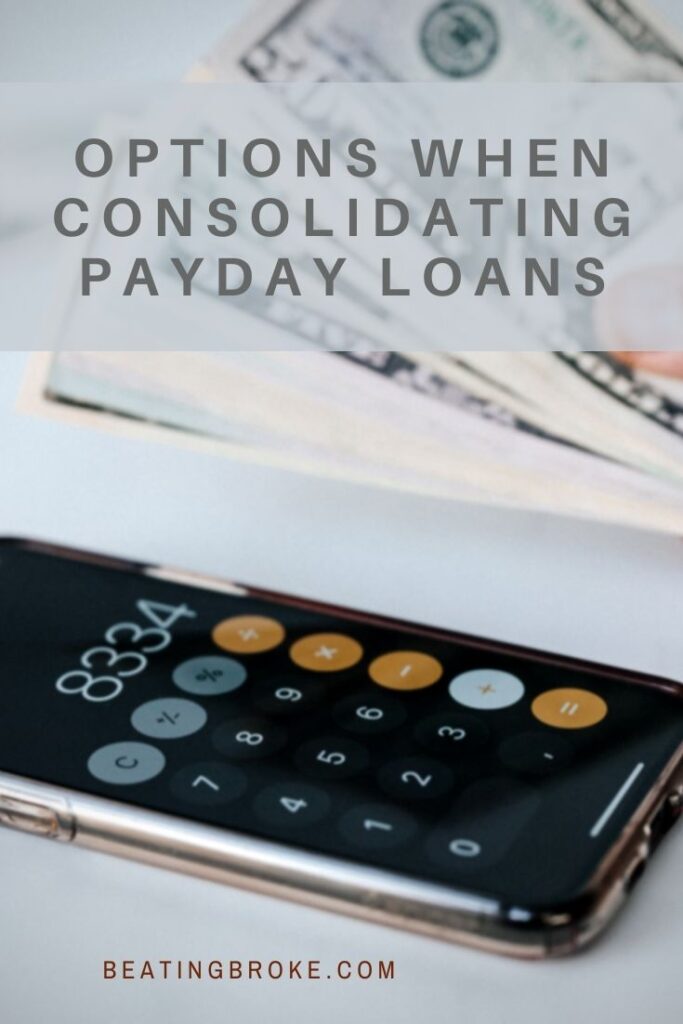
If you’re in a tight spot financially, payday loans can be attractive, especially if you have bad credit and have few other resources. A payday loan is usually for a small amount (less than $500), and you need to pay it back in two to four weeks. Even better for many is that payday loan companies don’t check your credit. Any individual is eligible for a payday loan. However, payday loans charge an exorbitant interest rate, and if you’re not able to pay the loan back in time, you can find yourself trapped in a negative payday loan cycle. This happens if you must continue to borrow money to pay what you already owe and what continues to grow because of the interest rates. When you get to this point, you may be concerned about payday loans’ effect on credit.
Payday Loans’ Effect on Credit
How payday loans affect your credit depends on whether you pay them off on time or if you default on them.
If You Pay Them On Time
If you pay your payday loans off on time, the loans have no effect on your credit. That means they won’t negatively affect your credit, but they also won’t do anything to improve your credit.
If you’re looking for methods to improve your credit, rather than payday loans, look to a secured debit card. Most people can qualify for a secured debit card even if they have bad credit.
If You Default on a Payday Loan
If you default on a payday loan, then your credit may be affected. Often, in this case, a payday lender will give your information to a debt collector. When this happens, the loan will appear on your credit report, and it will negatively affect your credit score.
Keep in mind, the payday loan will stay on your credit report for six years. Even if you work hard to improve your credit for three years after you defaulted on a payday loan, a bank may not want to lend you money for a car loan or a mortgage. If the lender sees payday loans on your credit report, those are red flags to the lender.
If You’re Taken to Court

Some payday lenders may choose to take you to court if you default on payments. If you lose the case, once again, this appears on your credit report and will negatively affect your credit score for six years.
Final Thoughts
Before you take out this type of loan, be aware of payday loans’ effect on credit. A payday loan, even one that is paid on time, will not boost your credit score because the payday loan company doesn’t report it to the credit bureau. However, if you default or the payday lender must take you to court to get payment, then the payday loans can negatively affect your credit score for six years. If there is any other option to tide you over until the next payday, use that option rather than taking out a payday loan. For many borrowers, payday loans are traps that continue to spiral out of control months after you take out the original payday loan.
Read More
Options When Consolidating Payday Loans
How to Pay Down Your Credit Card Faster Even If You Don’t Have Extra Money
Help Your College Student by Adding Them as an Authorized User to Your Credit Card
Melissa is a writer and virtual assistant. She earned her Master’s from Southern Illinois University, and her Bachelor’s in English from the University of Michigan. When she’s not working, you can find her homeschooling her kids, reading a good book, or cooking. She resides in New York, where she loves the natural beauty of the area.




